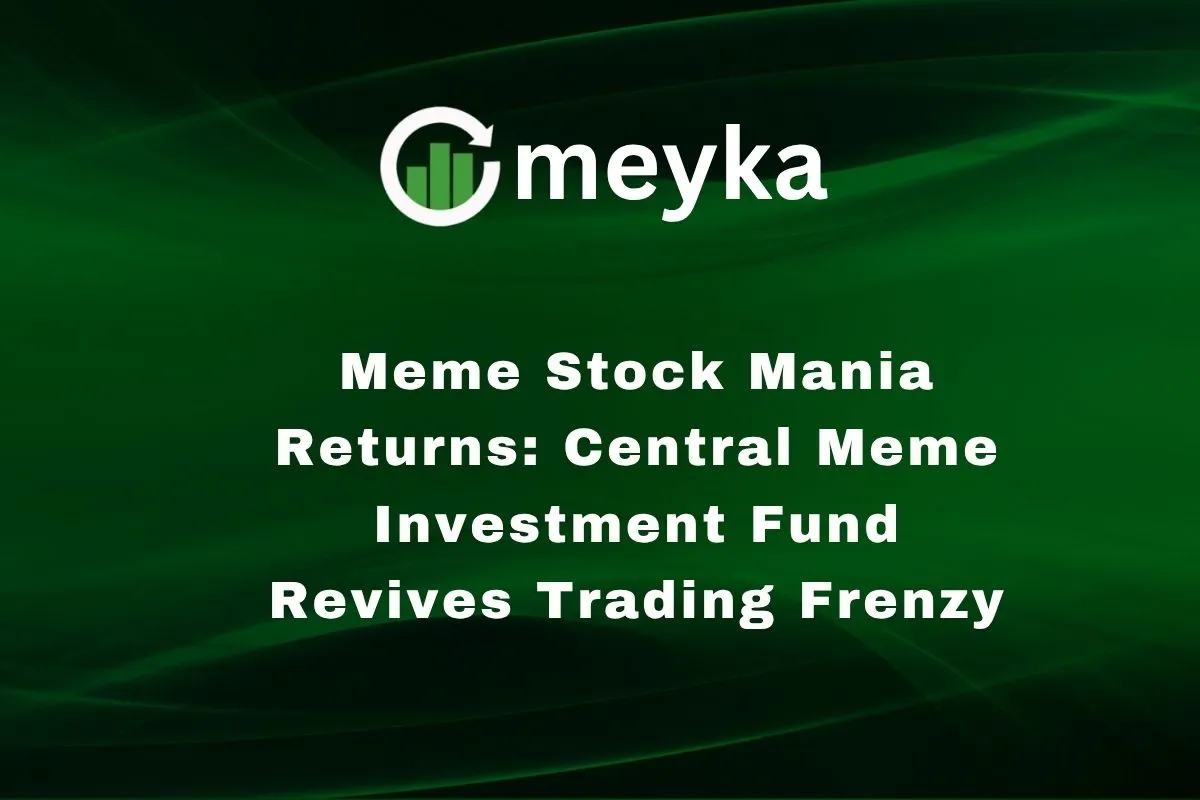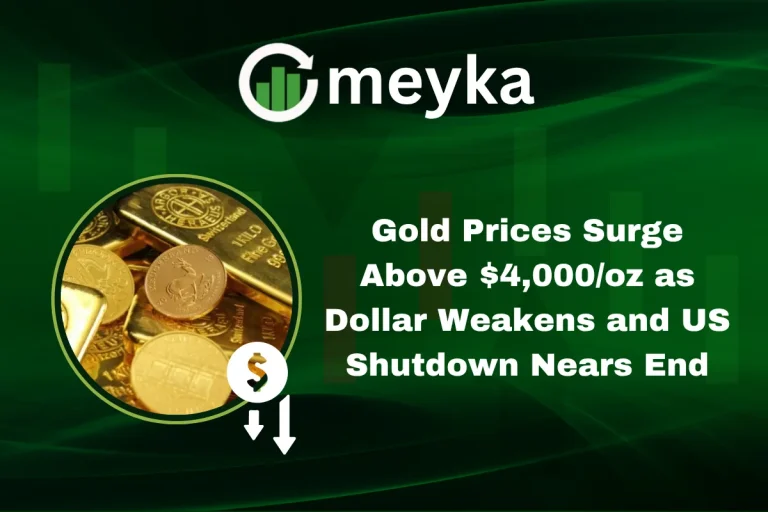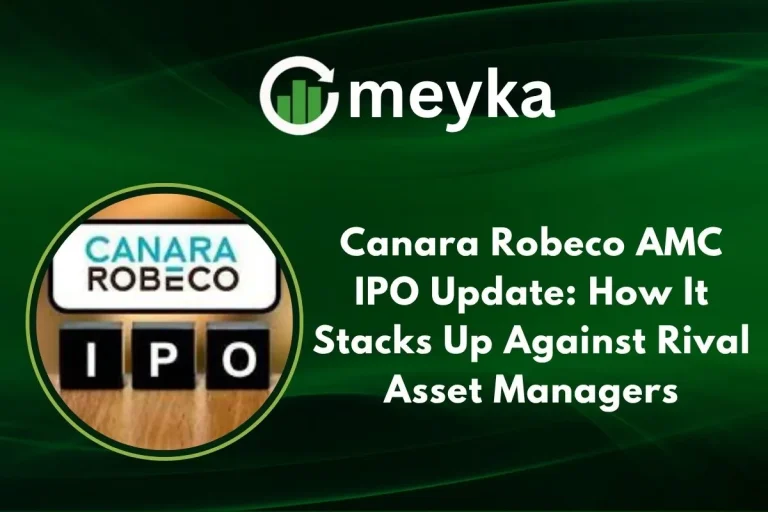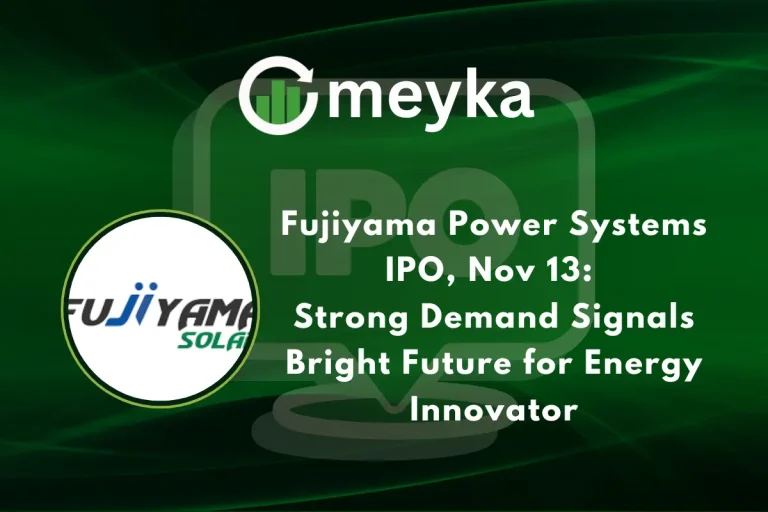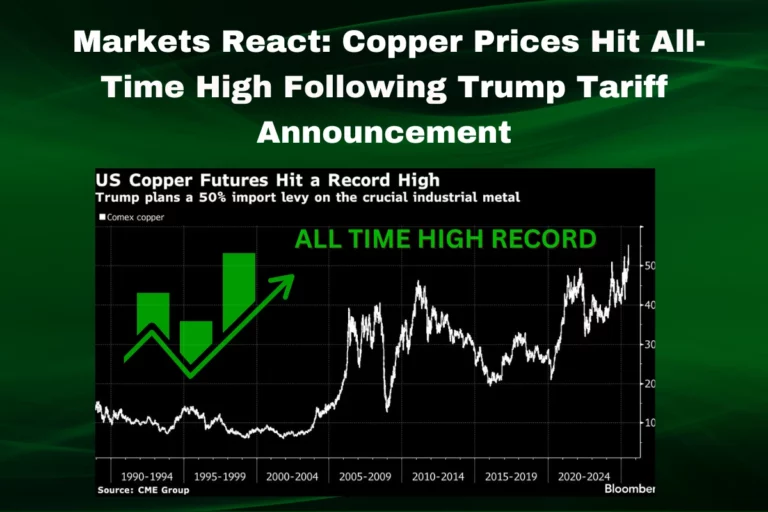Meme Stock Mania Returns: Central Meme Investment Fund Revives Trading Frenzy
In late 2025, meme stocks are roaring back into headlines. The spark? The relaunch of a vehicle called the MEME ETF, backed by Roundhill Investments. We are seeing everyday investors, social media users, and retail traders once again chasing tickers that go viral overnight. This time, the frenzy centers on Opendoor, Plug Power, Kohl’s, Krispy Kreme, and others that ride waves of online buzz. We’ll explain what meme stocks are, how the MEME fund works, why the craze has returned, how markets are reacting, and who is likely to win or lose from this renewed mania.
What Are Meme Stocks?
A meme stock is a stock whose price moves wildly, not because of profits or fundamentals, but because of hype, chatter, and collective emotion online. Reddit, X (Twitter), Discord, and other platforms act like amplifiers. A post goes viral, people buy, momentum builds, and the price can jump fast. GameStop (GME) and AMC were early stars of the movement in 2021.
Unlike traditional stocks, meme stocks often defy conventional measures. A company might have weak earnings or major debts, yet still shoot up in value because investors act on speculation.
The Rise of the Central Meme Investment Fund
To capture this energy, Roundhill Investments has relaunched a fund focused entirely on meme stocks. This fund trades under the symbol MEME and is actively managed. That means it can shift holdings quickly into the stocks, causing buzz.
At launch, some of its largest holdings include Opendoor Technologies, Plug Power, and Applied Digital. Roundhill states that MEME is designed to target viral stocks that show strong social media engagement and volatility.
Although just starting, on launch day, a million shares traded. With this fund, retail investors see a more structured way to ride meme stock waves without choosing single names themselves.
Why the Meme Stock Frenzy Is Back
So why now? Why is the meme stock mania returning? Several factors converge:
- Strong liquidity & risk appetite: With markets still upbeat and interest rates easing, more money chases higher returns.
- Social media power: Influencers and online communities are more active than ever. When a stock gets tagged as “meme,” people jump in.
- FOMO & herd behavior: No one wants to miss a big move. When people see others getting big gains, they join in.
- New meme stock names: This time, stocks like Krispy Kreme (DNUT) and Kohl’s (KSS) have soared.
- Short squeeze potential: Many of these stocks are heavily shorted. When the price rises, short sellers scramble to cover, pushing the price even higher.
For example, in 2025, Krispy Kreme’s shares leaped as much as 76% during a buy frenzy.
Kohl’s saw an intraday surge of over 100% at one point.
The movement has even been given a nickname: DORKs, combining DNUT (Krispy Kreme), OPEN (Opendoor), RKT (Rocket), and KSS (Kohl’s).
Market Reaction and Volatility
Markets are responding with excitement and caution. Some institutional investors say the new MEME fund might signal a top in speculative excess. Goldman Sachs warned that the current meme stock wave is tied to one of the sharpest short squeezes on record.
Because of sudden moves, trading halts, and volatility spikes have become common. For example, Kohl’s had a temporary halt during its big surge. Some analysts caution that meme stocks often move without fundamentals. When market sentiment changes, declines can be steep.
But among fans, the meme stock is exciting. It turns investing into social proof, collective effort, and a sort of game.
Winners and Losers of the Meme Stock Revival
When the circus is in full swing, some will gain, others will lose.
Winners
- Traders who buy early and ride the wave may see big profits.
- Meme community influencers or streamers attract followers.
- The MEME fund can benefit if it times entries and exits well.
Losers
- Latecomers often catch the downside as hype fades.
- Short sellers may suffer large losses in a sudden squeeze.
- Conservative, long-term investors may be shaken by wild swings.
For example, a person who bought Kohl’s or Krispy Kreme early in their surge might have made big gains. But if they waited until prices were already high, they risk getting stuck.
MEME fund may help by diversifying across several meme stocks and rotating quickly, but risk still remains high.
Conclusion
Meme stocks are back, and louder than before. The relaunch of the MEME fund shows how seriously financial markets are taking social media-driven trades. This wave blends investing, speculation, and online culture. It can create dramatic wins but also steep losses.
We must remember: where hype leads, risk follows. If you join in, tread carefully, and know that what goes up fast can come down just as fast.
FAQS:
Meme stock mania is when investors rush to buy certain stocks after they go viral online. Prices rise fast because of social media buzz, not company performance.
A meme stock frenzy happens when many people start trading the same trending stocks. It creates big price swings and excitement, mostly driven by online hype.
The meme stock craze can bring quick profits but is risky. Prices change fast, and many investors lose money if they buy too late or panic sell.
Disclaimer:
This content is for informational purposes only and is not financial advice. Always conduct your research.
